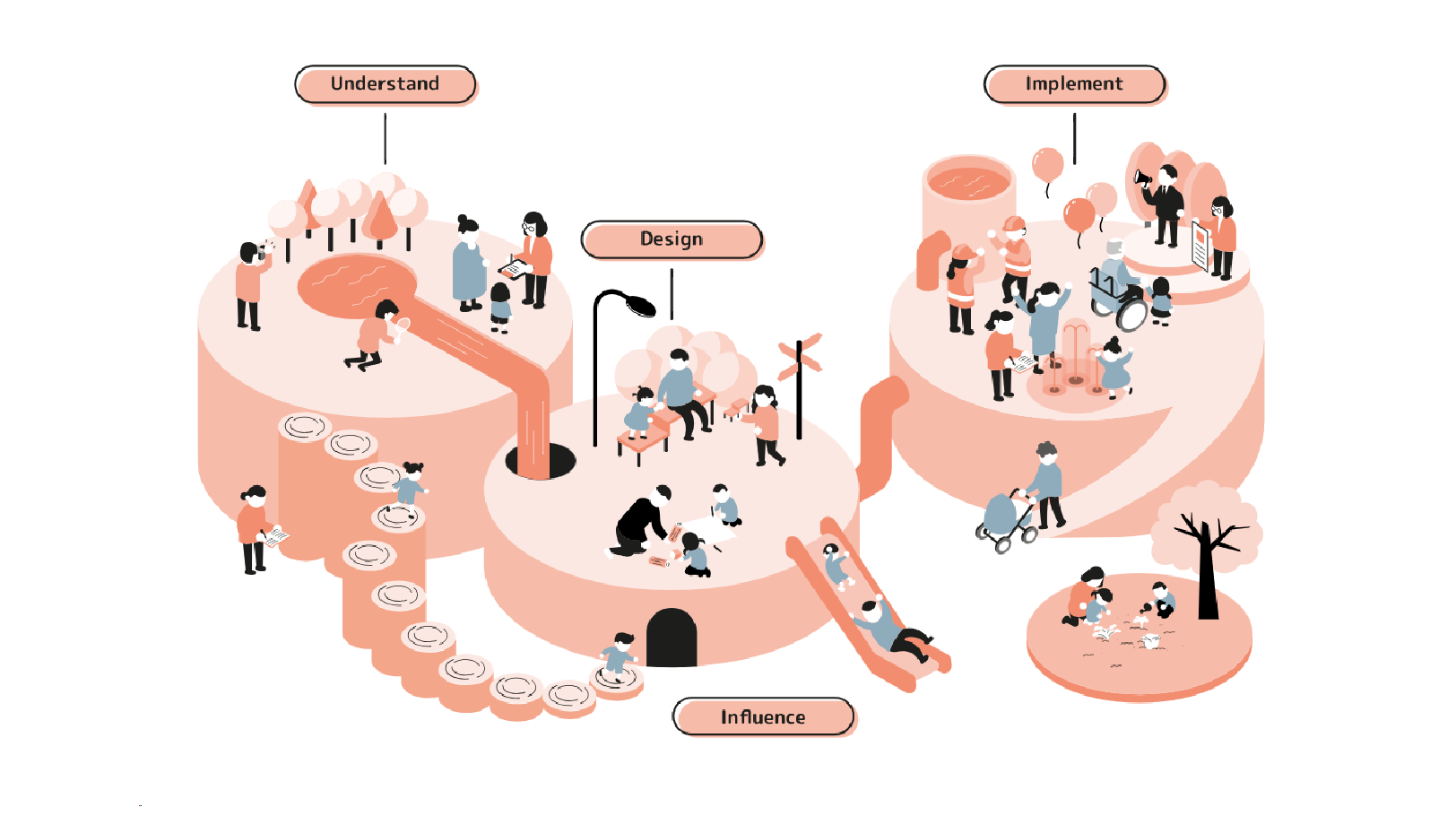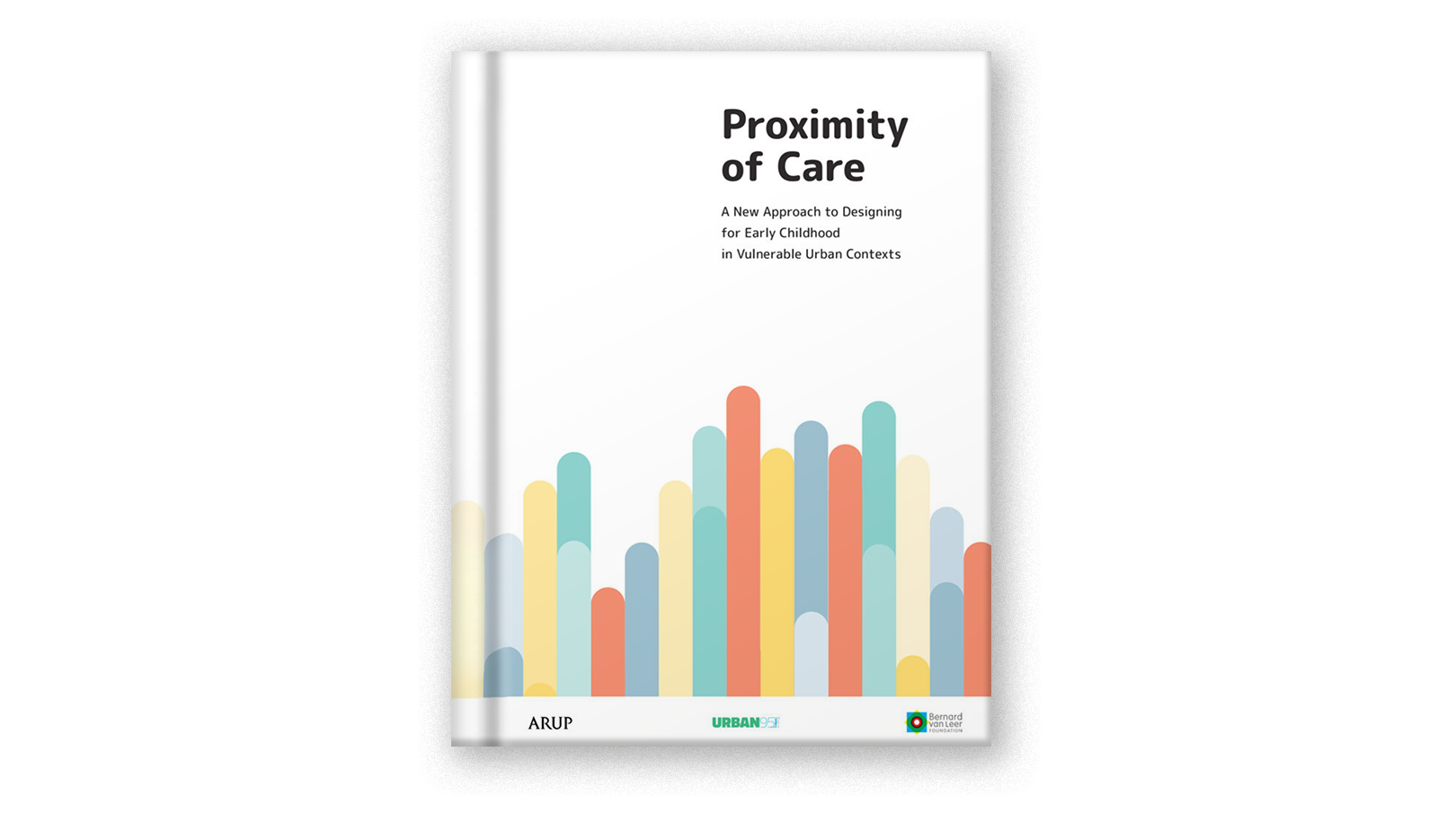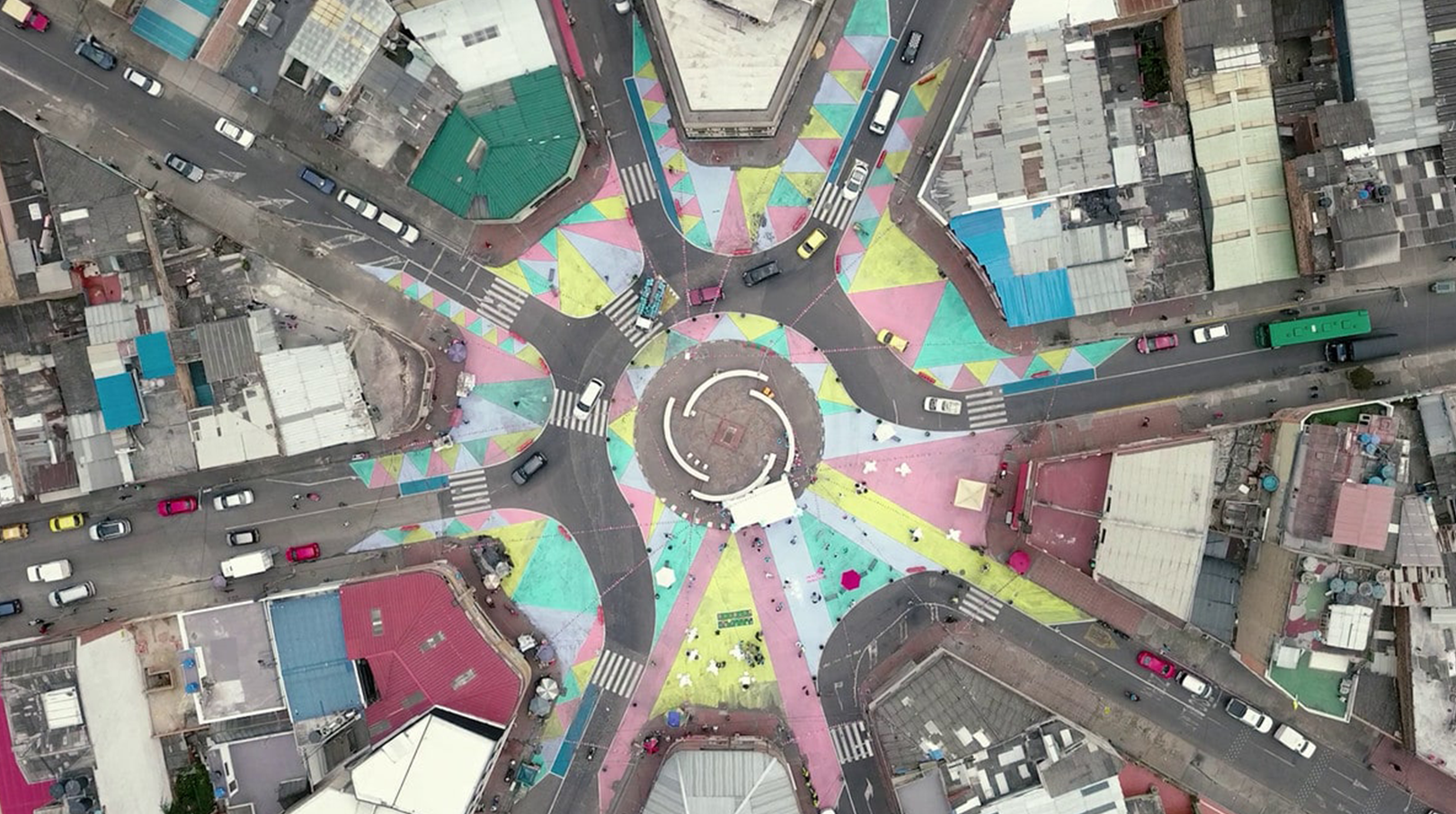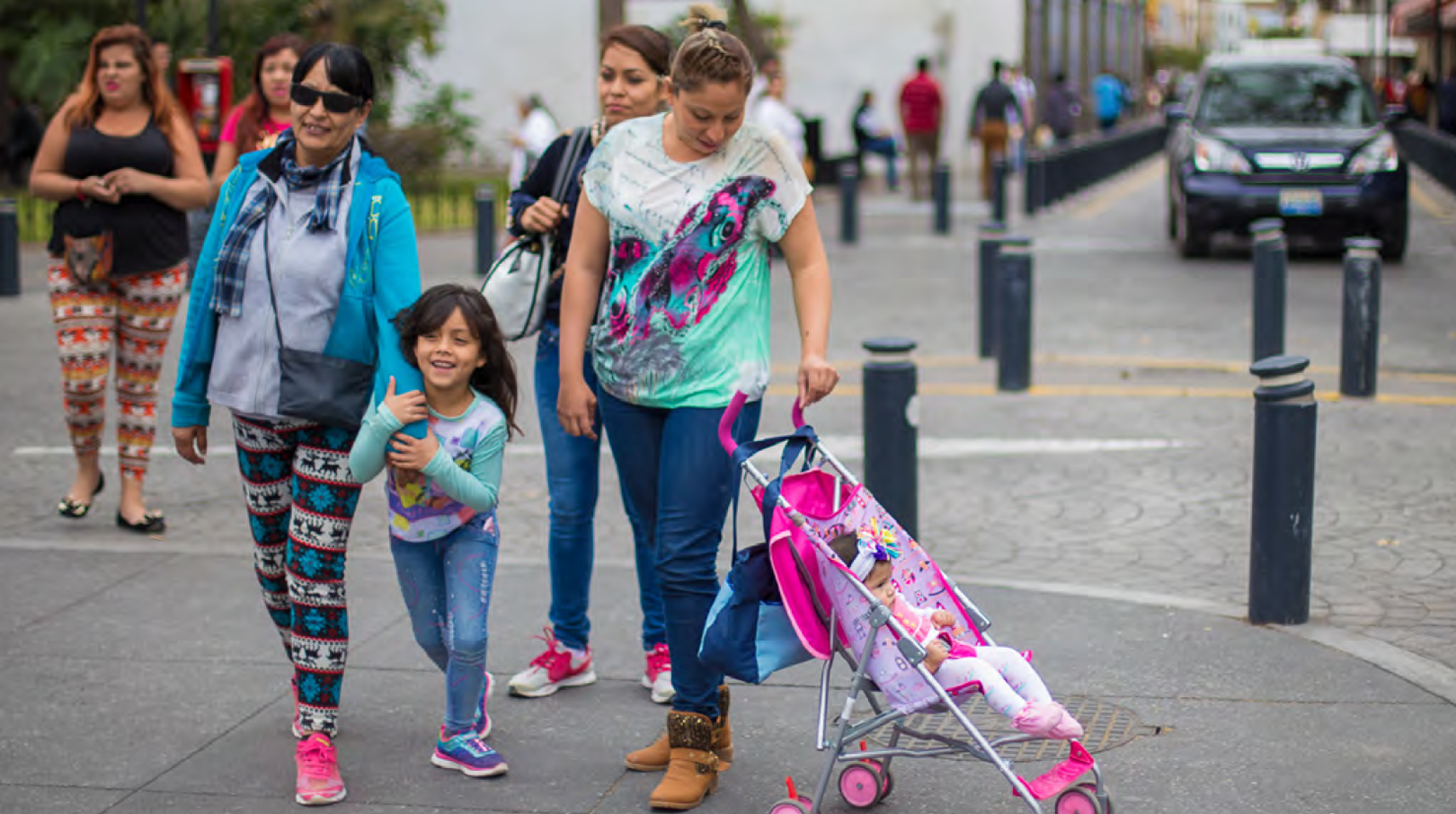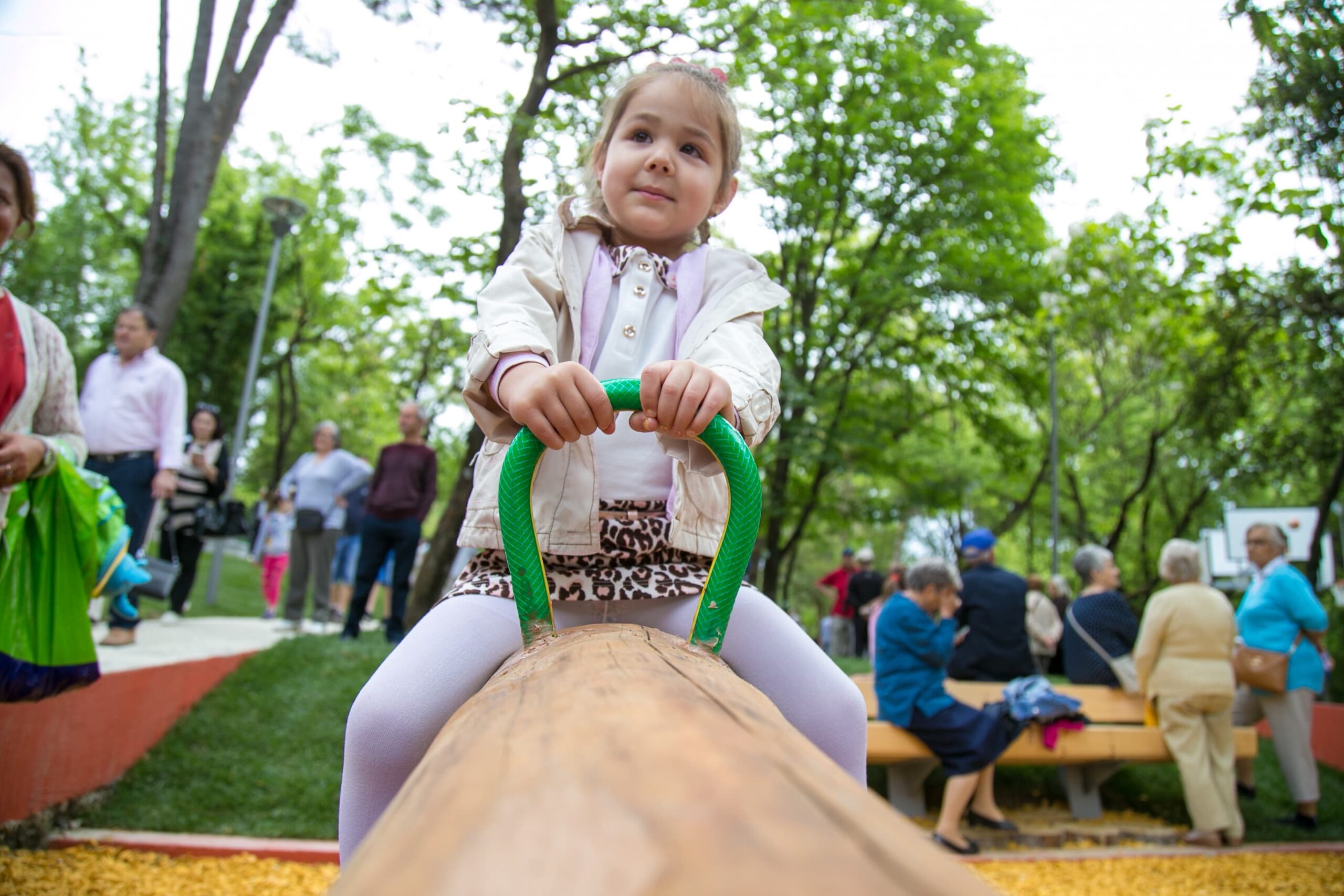One third of people living in cities are children, but urban spaces are not often designed with children and their families in mind. When it comes to refugee and informal settlements, the data is clear: the number and size of these areas will only increase in the coming decades.
Although children up to 5 years old have significantly different needs to older children, they often remain invisible to municipal leaders or are categorised with older children from a planning perspective.
That’s why we developed the Proximity of Care, together with Arup, to embed children and family-friendly design principles into the work of urban planners, designers, developers, city leaders and early childhood development practitioners. The publication lays out the needs of four key groups living in vulnerable urban contexts: 0–3 year olds, 3–5 year olds, caregivers and pregnant women. It then outlines recommendations to support each of them at a household, neighbourhood and city level.
